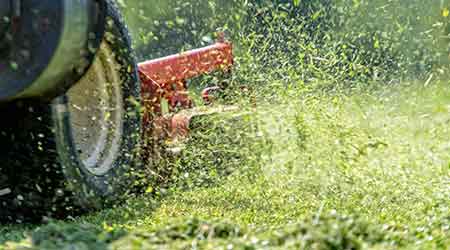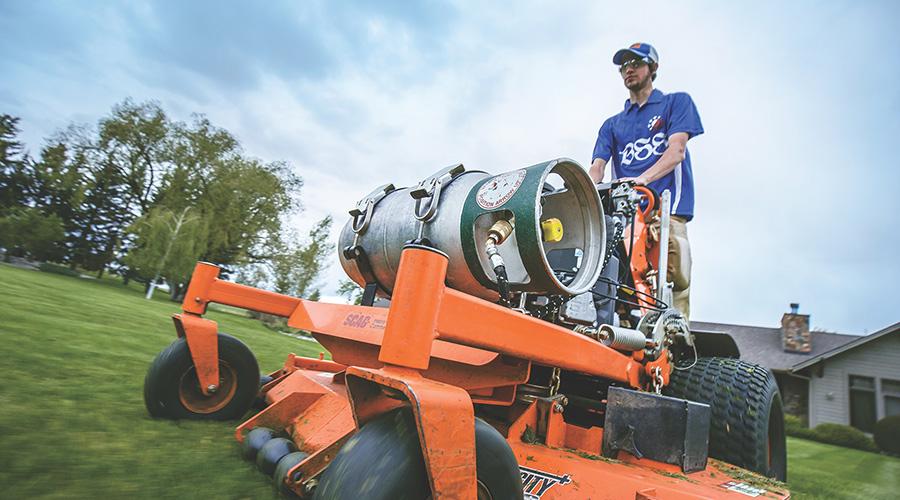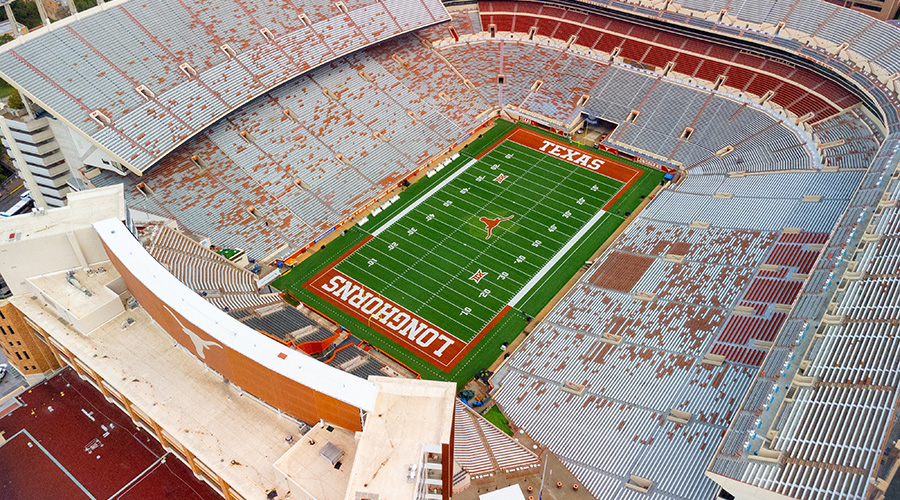 As a result of changes in commercial mower options, managers have more to consider when making purchasing decisions.
As a result of changes in commercial mower options, managers have more to consider when making purchasing decisions.Key Decision Points for Mower Specification
Initial cost, durability and versatility remain key decision points related to mower selection.
Initial cost, durability and versatility remain key decision points related to mower selection, but for grounds managers and manufacturers, other mower features and functions have become more important as expectations rise for the equipment. For example, as managers struggle to find qualified workers, the productivity of each worker has become a higher priority. Mower manufacturers have responded to this situation with features that include wider cutting decks, greater reliability, and enhanced operator comfort.
“One thing that we’ve been hearing loud and clear from our customers is ride quality, and our competitors must be hearing the same thing because everyone is focusing on seats and seat suspensions — how to reduce vibration and make it more comfortable for the operators,” Minas says. “They’re on there for six to eight hours a day, so how can we make it as comfortable as possible?
A number of newer mowers also give operators even greater ability to mow in tight spaces, minimizing the need to leave the machine to finish the job.
“Front-mounted mowers are able to reach into and back out of tighter spaces while greatly reducing the requirements for string trimming,” says Brian Schoenthaler, marketing coordinator with The Grasshopper Co. Manufacturers also have responded to managers’ need for equipment crews can use for more tasks at more times of the year.
“There has been a resurgence in the multi-use products allowing customers to capitalize on their investment by using the product year-round,” says Trae Humphreys with Ariens Co., adding that attachments “allow the customer to transition from mowing to snow removal using the same product with different attachments. Items such as multi-use products allow the customer to use multiple attachments across a variety of jobs, minimizing their upfront capital investment.”
Schoenthaler points out several other potential benefits of using mower attachments effectively:
• Operators have full ride-on, zero-turn maneuverability with the use of blowers, brooms, aerators, edgers, and snow throwers, among other attachments.
• Operators can complete the same jobs in one-quarter the time and with one-quarter of the labor compared to using handheld or walk-behind implements.
• Managers have lower acquisition costs of implements vs. stand-alone, two-cycle-powered, walk-behind implements, which keeps the investment working year-round.
• Managers have lower maintenance and inventory costs because mechanics only need to train to maintain one four-cycle engine.
Advances in mower controls and attachments also are addressing grounds managers’ growing challenges related to finding qualified mechanics and equipment operators to staff their departments, says Tony Ferguson, senior golf marketing and business development manager with The Toro Co.
“Simple, intuitive controls and automotive-like driving help (managers) do more with less by allowing operators of all skill levels and experience to expertly accomplish a variety of tasks, Ferguson says, adding that a mower’s attachment memory capability allows operators to pre-establish operational parameters for consistent, repeatable performance, which aims to reduce the possibility of operator error.”
Related Topics:
















